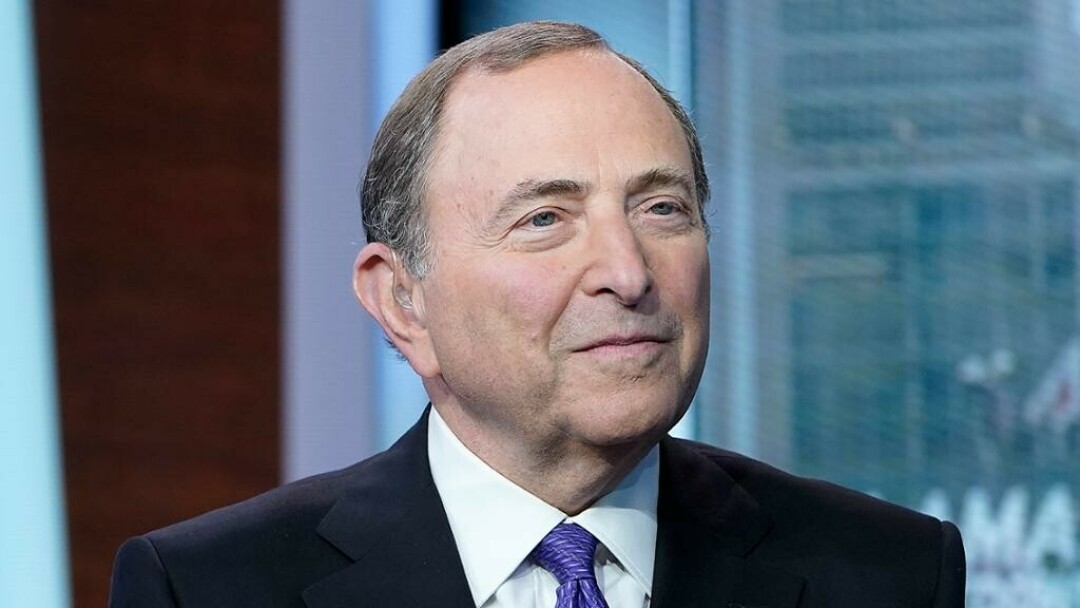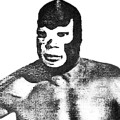Did they consider all the angles?

NHL Commissioner Gary Bettman
TERRACE POINT – Years back, some NHL owners began to discuss the possibility of initiating a “salary cap.” Of course, Commissioner Gary Bettman, always eager to create his own descriptives with his personal verbiage and terms, renamed the cap as “cost certainty.” Just as he would never refer to a strike by the NHLPA as an actual labor strike, he came up with some more Bettmanese and elected to call it a “labor stoppage” instead.
Oh well, so it goes in Gary’s world. I have considered that in Bettman’s view when he comes up with new phrases or ways to describe what is really going on, he feels as if he is softening it up for the fans, making it more palatable for them.
Well, Gary, a strike is still a strike no matter what you call it, and the salary cap is too. I don’t think too many fans are fooled by the fancy wordsmithing you use.
NHL fans would witness the loss of the 2004-05 season and the Stanley Cup tournament so the owners could get their way. And like a bunch of sheep, the fans returned en masse the following season to see their favorite sport up close and personal.
The owners got their way via the shrewdest negotiator in pro sports today and they also learned something quite important about their fanbase, they learned that probably no matter what the league puts them through relative to their dealing and interaction with the NHLPA, the fans are most likely to remain loyal.
I suppose there are a handful of things that could drive some off, but we haven’t seen that yet. This would serve the league well in later years whenever labor negotiations came up. The league now understood how far they could push the PA towards getting their way without any palpable fan uprisings.
I deeply understand that the owners are the ones who take the risks to get into the league, both financially and otherwise. I can see why they would want to have cost certainty for purposes of business planning and budgeting. I’m sure that just as you wouldn’t go grocery shopping in a store that didn’t post their prices, waiting to find out your grand total at the checkout, you can’t begrudge the owners the opportunity to have that available to them in their business operations. I understand and I don’t mind that.
But the owners, along with some of their GMs are the ones responsible for creating the need for a cap in the first place. Looking back years ago, there existed some large discrepancies relative to what clubs had at their financial disposal to put toward their team rosters. And believe me, between the top of that list and the bottom, there were some pretty big differences.
On the annual free agent signing day, there were some team GMs, (the desperate-to-win ones usually) who would go out and spend beyond their team and owners’ resources in that quest to bring home the big silver trophy.
Can you equate the cost of a team roster with how good that team is, and how far they will go in the playoffs? Yes, you can.
Occasionally, a team at the bottom of those expenditures will rise up and surprise the league and the fans, but by and large, the more expensive teams will run the table. This also served to tamp down Bettman’s hoped-for league “parity.” What you had then were the four or five teams at the top of the “well-monied” list and those at the very bottom. The teams scrounging around on the bottom were destined to probably stay there for a few seasons, maybe more. This was most discouraging to their fan bases and did little to build the game in those locations.
So, somewhere in the mid to late nineties “salary cap” became a buzzword among hot hockey topics and the movement began to gain some critical mass.
By the time the 2004 CBA negotiations began to take place, the cap was the subject of a large amount of debate within league circles and hockey fans everywhere. Knowing some of the league’s history when it came to business matters, and knowing that the NHL was almost insolvent not too many years back, I knew that the time had come if we wanted to still have an NHL that a cap was inevitable.
In some instances, Gary is fair and believes in “win-win” situations for all involved. But then, there are times when he has no problem in squashing the opposition like a grape on a sidewalk.
He was tasked to deliver an emphatic victory to the ownership group and that’s basically what he did. The new CBA had a cap in it, and both parties worked hard to consider and hammer out all of the nuances of how it would function. Knowing that owners and their GMs would go to work dissecting it, how to use it, and how to exploit it, the language within the agreement was carefully worded. In a sense, the league and PA just about thought out everything with it and were set to function with it and move forward.
In time, the craftier of those owners and GMs who are always looking for an angle over their competition saw at least a couple of flaws in the deal. One of them is that the cap does not exist in the postseason. This is achieved by stockpiling some top-end talent on your team roster, then if they have some sort of injury, bury them on your IR list until the playoffs commence and then reactivate them for the playoffs.
At least two teams, Vegas and Tampa have taken advantage of this in the very recent past. When this became public knowledge to the fans, some were openly questioning why the cap wasn’t in place for the entire calendar year. I was one of them.
I see nothing sporting about a loophole like this and would like to see a year-round cap in place. The league has broached it on a few occasions at Board of Governor meetings, but for the most part, has been reluctant to make the change.
The next issue and this is important in my view, is the question about whether teams residing in no-state income tax states have a cap advantage over clubs that don’t have that. Of course, they do.
They can offer a player less on their next contract because the lack of a tax on that makes up for it. This could help a close contender add on an important player or two.
In recent years we have seen several instances where free agent players, in negotiation with a new team, look at that as a way to maximize their earnings. For a player with a big contract, that can be a significant amount of money.
The fans began to engage in debate about this too. The most discussed solution to this issue revolved around adjusting the cap downward for those clubs as a means to get the teams back on a level playing field.
Change occurs in the NHL at a snail’s pace though, don’t expect any soon!
PEACE
